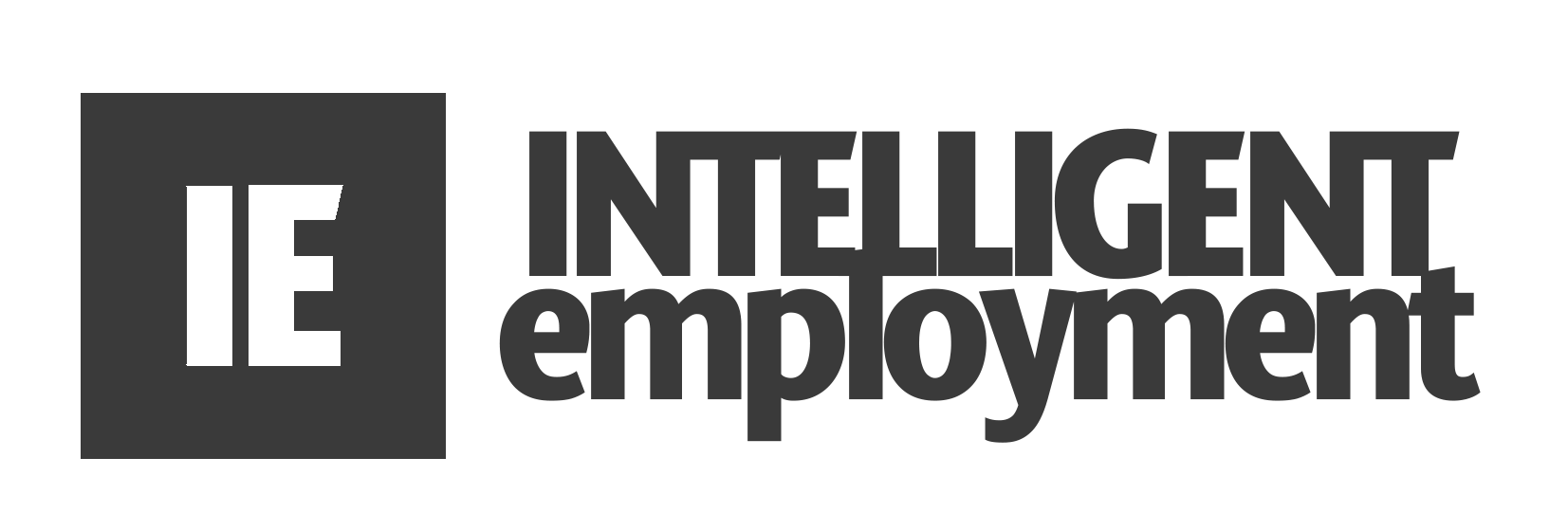Careers Aren’t Linear Anymore. Why That’s a Good Thing
For years, the expectation was simple. Choose a path. Stick to it. Move upward.
But today’s careers look more like networks than ladders. People are stepping sideways, not just climbing up. And the smartest employers aren’t just hiring for what you’ve done. They’re hiring for what you can do.
That shift has opened up opportunities for professionals to move into adjacent roles and industries. Not by starting over. But by mapping what they already know to where it’s needed next.
Why Lateral Moves Are on the Rise
ICareer pivots are no longer seen as a red flag. In fact, they’re often a sign of adaptability, curiosity and drive.
Whether it’s a customer service professional moving into UX, a data analyst becoming a product owner, or a biochemist joining a sustainability startup, people are repackaging their skills for entirely new settings.
Employers are more open to this than ever before, especially in sectors where talent is scarce and innovation is fast-paced. What they want is capability. If you’ve proven you can learn, adapt and deliver, they’re willing to invest in the rest.
What Are Transferable Skills?
If you’re considering a move into a new field or function, here’s how to make your case:
Use examples
Talk about situations where you’ve adapted quickly, learned something new or led in unfamiliar territory. These stories build confidence in your potential.
Start with the destination
Identify roles or sectors that interest you and research the top skills they require. This helps you frame your experience in a way that’s aligned with those expectations.
Audit your own experience
Look at previous roles and projects. What outcomes did you achieve? What soft and hard skills did you use to get there?
Build a bridge, not a wall
Use your CV and LinkedIn profile to draw a clear line between what you’ve done and what you want to do next. Show your trajectory, not a disconnect.
Fill in the gaps
If the new field requires something specific, such as a tool or certification, look for ways to upskill quickly. Short courses or hands-on projects can do the job.
These are all highly portable. The trick is learning how to translate them into the language of the job you want.
How to Reposition Yourself
If you’re considering a move into a new field or function, here’s how to make your case:
- Start with the destination
Identify roles or sectors that interest you and research the top skills they require. This helps you frame your experience in a way that’s aligned with those expectations. - Audit your own experience
Look at previous roles and projects. What outcomes did you achieve? What soft and hard skills did you use to get there? - Build a bridge, not a wall
Use your CV and LinkedIn profile to draw a clear line between what you’ve done and what you want to do next. Show your trajectory, not a disconnect. - Fill in the gaps
If the new field requires something specific, such as a tool or certification, look for ways to upskill quickly. Short courses or hands-on projects can do the job. - Use examples
Talk about situations where you’ve adapted quickly, learned something new or led in unfamiliar territory. These stories build confidence in your potential.
Not Starting Over. Starting Smart.
Repositioning yourself doesn’t mean abandoning everything you’ve worked for. It means reframing it.
At Intelligent Employment, we’re seeing more professionals explore lateral moves, and more companies open to it. Especially in the sectors we work in — from clean tech to advanced manufacturing — transferable skills are often the key to solving talent shortages.
So if you’re feeling stuck or considering a shift, don’t wait for permission. Your next opportunity may be closer than you think.


